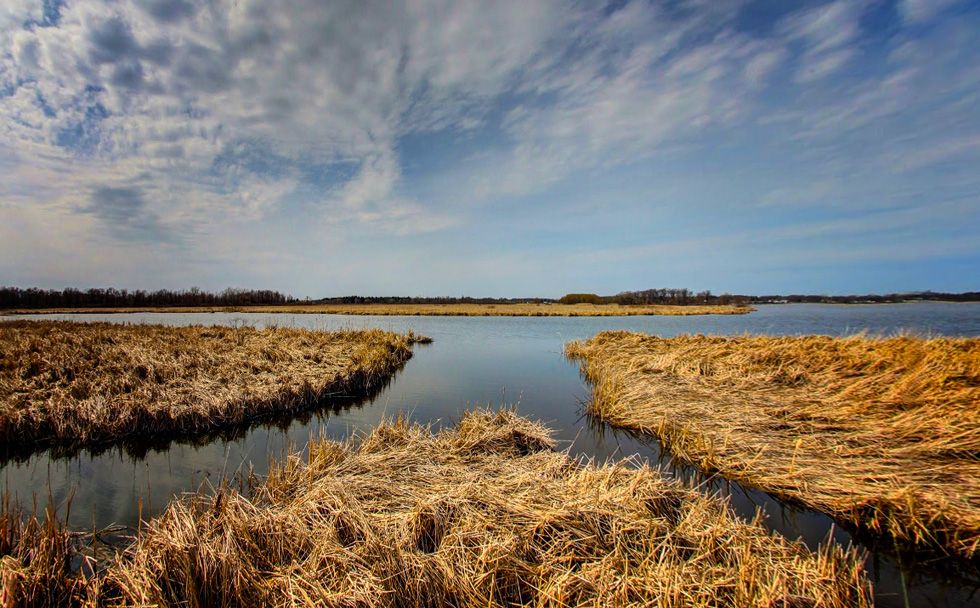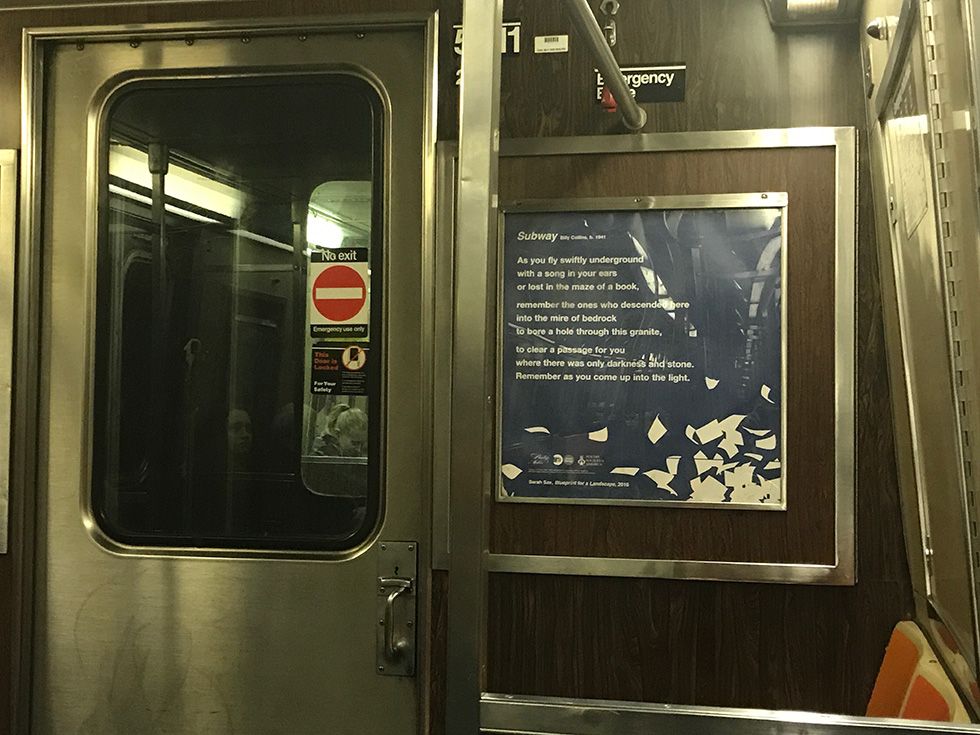This article was scraped from Rochester Subway. This is a blog about Rochester history and urbanism has not been published since 2017. The current owners are now publishing link spam which made me want to preserve this history.. The original article was published October 20, 2014 and can be found here.
![Braddock Bay, Rochester, NY. [PHOTO:
Rochester Parks, Google]](https://senseofplace.dev/content/images/photos/rochester-braddock-bay-breakwall-01.jpg)
The erosion of a former barrier beach at the Braddock Bay outlet has caused silt to collect in the mouth of the bay, impacting channel navigation for boaters. The shrinking bay is also being over run with cattails which as led to the displacement of various native plants and wildlife. In an attempt to restore the bay, the Buffalo-based U.S. Army Corps of Engineers is considering a plan to build up a new barrier beach and construct a new breakwall.
Last spring Senator Chuck Schumer urged the EPA to fund the $9 Million project, saying the plan would help open navigation channels for boaters, create new fish spawning areas for game fishing, and protect local wetlands & wildlife. The Senator also points out that property values for the nearly 100 homes on the bay are also at stake.
But not everyone is in favor of the engineering plan. Last week, Barbara Carder of Hilton wrote in to express her concern over the issue. She's asking for people to attend a public meeting this Wednesday...
![Braddock Bay, Rochester, NY. [PHOTO: Westspit.blogspot.com]](https://senseofplace.dev/content/images/photos/rochester-braddock-bay-breakwall-03.jpg)
Hello RochesterSubway,
Thought you might be interested in this public meeting

(next Wednesday, Oct. 22, at 6:30 pm - Town Hall Greece/Long Pond Rd.) about the proposed cement breakwall

across half of Braddock Bay by the US Army Corps of Engineers...
In my opinion, Braddock Bay

is much more fragile than the Town of Greece and the Army Corps are giving it credit for. The Bay can and will turn into a muck hole if a permanent breakwall barrier is placed at its mouth. It is 10,000 years old and it is the only one of the five water features in the DEC Management Area with two major incoming watersheds that drain directly into the bay: Salmon Creek and Buttonwood Creek.
![A robin on the reeds on the edge of Braddock Bay, Rochester, NY. [PHOTO: Snowgen, Flickr]](https://senseofplace.dev/content/images/photos/rochester-braddock-bay-breakwall-02.jpg)
Braddock Bay is the only water feature in the Fish and Wildlife Management Area

with an incredible hydrologic feature, the west spit

, diving underwater and reinforced by the 100-year old Manitou Trolley

foundation which extends across the entire mouth of the bay. It is this old underwater foundation that is working positively for the bay's health. The wave action from storms coming in from all directions combined with the creek inflow make it a rich bay and yet, still quite fragile.
![A Black Vulture at Braddock Bay, NY. [PHOTO: Seabamirum, Flickr]](https://senseofplace.dev/content/images/photos/rochester-braddock-bay-breakwall-04.jpg)
Fisherpeople on the Bay tell me to 'keep the channel dredged' - 'don't obstruct the mouth with a cement barrier.' I am knowledgeable of almost every different kind of beach and man-made barrier, pier, jetty, break wall, etc. that can be built as I have surfed and dove off the coast of California and Mexico. I predict that this permanent barrier will destroy the bay.
Water has the last say. Water flow and wave action actually are our greatest asset in protecting the continued existence of the Bay. There is not one reason to mess with this natural hydrology unless you want to 'play god' and cause an increased level of silt, sand, and encroaching vegetation to kill the bay as we know it."
- Barbara C, Hilton
* * *
Attend the Public Meeting:
What: The U.S. Army Corps of Engineers (USACE) will host a public meeting regarding the Braddock Bay Restoration Project to present the results of the Braddock Bay Restoration Feasibility Study, the current status of the project, the path forward and to seek innovative ideas and considerations for inclusion in the design.
When: Wednesday, Oct. 22, at 6:30 p.m.
Where: Greece Town Hall

, Eastman Room * * *
Update from Barbara C.
Residents of Braddock Bay hear little of project details; questions remain
About 400 residents attended a meeting at the Greece Town Hall Oct. 22 at which a spokesman from the Army Corps of Engineers talked about a proposed project which would place a permanent breakwall across a portion of Braddock Bay extending from the eastern side into the mouth of the bay.
Expert Doug Wilcox, professor at SUNY Brockport, stated that Braddock Bay had a 'barrier beach' long ago, but upon questioning, could not point to a photograph or map that showed a barrier beach across the mouth of the bay. It was the presence of this 'barrier beach' that kept the wetland healthy asserted Mr. Wilcox and this was backed up by the Army Corps representative who pointed to the 'erosion of the barrier beach' as the reason for the breakwall construction.
Additional questioning by residents to Mr. Wilcox about how the War of 1812 brigantines entered Braddock Bay harbor brought shrugs on the part of the professor. Apparently there was an adequate channel at one time through which deep water boats entered. Subsequently in the late 1800s the Manitou Trolley foundation was built entirely across the mouth of the bay and the rails were suspended over the bay on pilings. The trolley foundation still remains and serves as a natural barrier beach for the bay.
Representatives from the EPA, the Rochester Embayment and other agencies were available to answer questions, but there was no public Q & A. To make a public comment to the US Army Corps, go to the contact on the Army Corps website

or to the EPA: Fred Luckey ( [email protected] ) 212-637-3853 or Brenda Jones ( [email protected] ) 312-886-7188, both of whom were at meeting.


